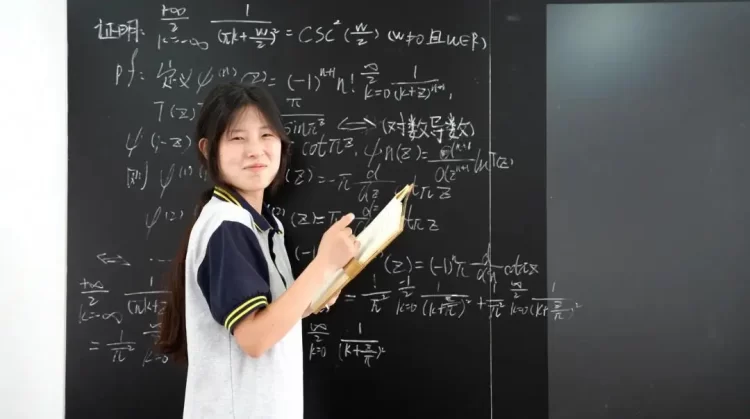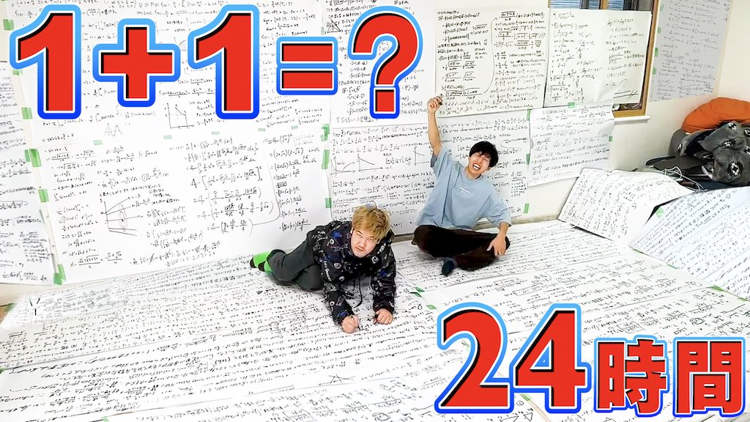A 17-year-old Chinese student from a rural vocational school who shocked her country by ranking 12th among 802 participants in an elite math contest is now facing accusations of cheating.
Math contests are a big deal in China, but it’s very rare for such competitions to capture the attention of an entire country like this year’s Alibaba Global Mathematics Competition. Organized by Alibaba’s DAMO Academy and the Alibaba Foundation, the contest is free to enter for math enthusiasts from around the world, but it is usually dominated by math majors from prestigious institutions such as Harvard, Oxford, and MIT. However, this year, something extraordinary happened. Not only was 17-year-old Jiang Ping the only girl in the top 30 after the first round of the competition, but she was also the only one whose studies didn’t focus on math. The unlikely math genius studies fashion design at a rural vocational school in Jiangsu Province, and only studies advanced mathematics as a hobby.










